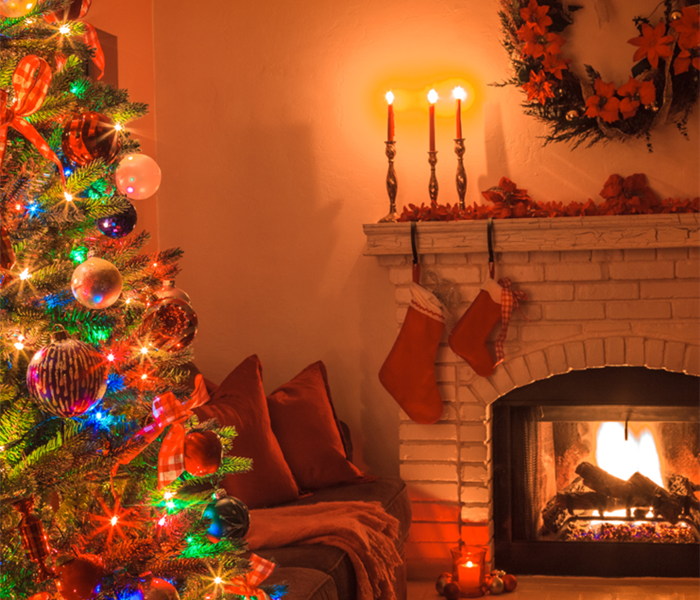Fireplace Safety- 4 Mistakes to Avoid This Holiday Season
1/2/2024 (Permalink)
 Our commitment to helping you create a safe and secure home extends beyond our restoration services.
Our commitment to helping you create a safe and secure home extends beyond our restoration services.
Stockings are hung, tree is lit, a Christmas movie is playing, cookies are being eaten- a fire in the fireplace is the last piece to tie this holiday scene together. However, when safety isn’t prioritized, this scene could quickly take a dark turn. Here are four components to your fireplace and mistakes to avoid with them-
- Firewood- Oak, ash, birch, hard maple, beech, hickory, pecan, dogwood, apple, and almond are all varieties of hardwoods that are acceptable for burning in your home. Any log that is covered with vines could be poison ivy- if that’s the case, the poison would release a dangerous irritant oil into the smoke. Green or unseasoned wood should also be avoided- as it can release harmful particles. Lastly, moldy or rotten wood simply will not release as much heat and therefore should be avoided too.
- The ashes- It’s recommended to leave a one-inch bed of ashes on the floor of a wood-burning fireplace but anything more than that needs to go. As it begins to build up, remove the excess ash regularly. To safely remove ashes, use a metal shovel and bucket. Make sure the ashes are fully cooled before throwing them away. Ashes can be thrown in the trash, added to an outdoor compost pile, or even repurposed. Some people use fireplace ashes in their gardens, make homemade cleaning remedies, or even polish silverware or fine jewelry.
- The flue-The component of your fireplace that protects your home from possible combustion from heat transfer is the flue. Although durable, the flue needs to be inspected regularly. Cracks and tears can allow unwanted drafts and moisture into your home and result in a steady drip down the chimney. A damaged flue can also allow creosote, a dangerous byproduct that comes from burning wood, to affect the masonry around your chimney and increase your risk of a chimney fire. An annual sweep should eliminate these hazards but regular inspections from the homeowner as an extra caution is advised.
- Fireplace doors-The most serious issue with fireplace doors is thermal shock breakage, which happens when there’s a major temperature difference across your doors’ surface. To avoid this, build your fires gradually and never pour cold water on hot ashes. In terms of the doors themselves, tempered glass, and ceramic glass help to promote hotter flames and prevent heat loss. Before closing, confirm your doors are specially designed to be shut with a fire burning, otherwise, the glass may shatter. Additionally, install a spark screen to protect your home from embers and sparks.
Remember a little precaution goes a long way! So as you gather around the warmth of your fireplace this holiday season, revisit this SERVPRO® checklist to make sure you’re not unintentionally inviting hazards to your home. From choosing the right firewood to maintaining your chimney flue, each component plays a crucial role in ensuring a safe and enjoyable experience.




 24/7 Emergency Service
24/7 Emergency Service